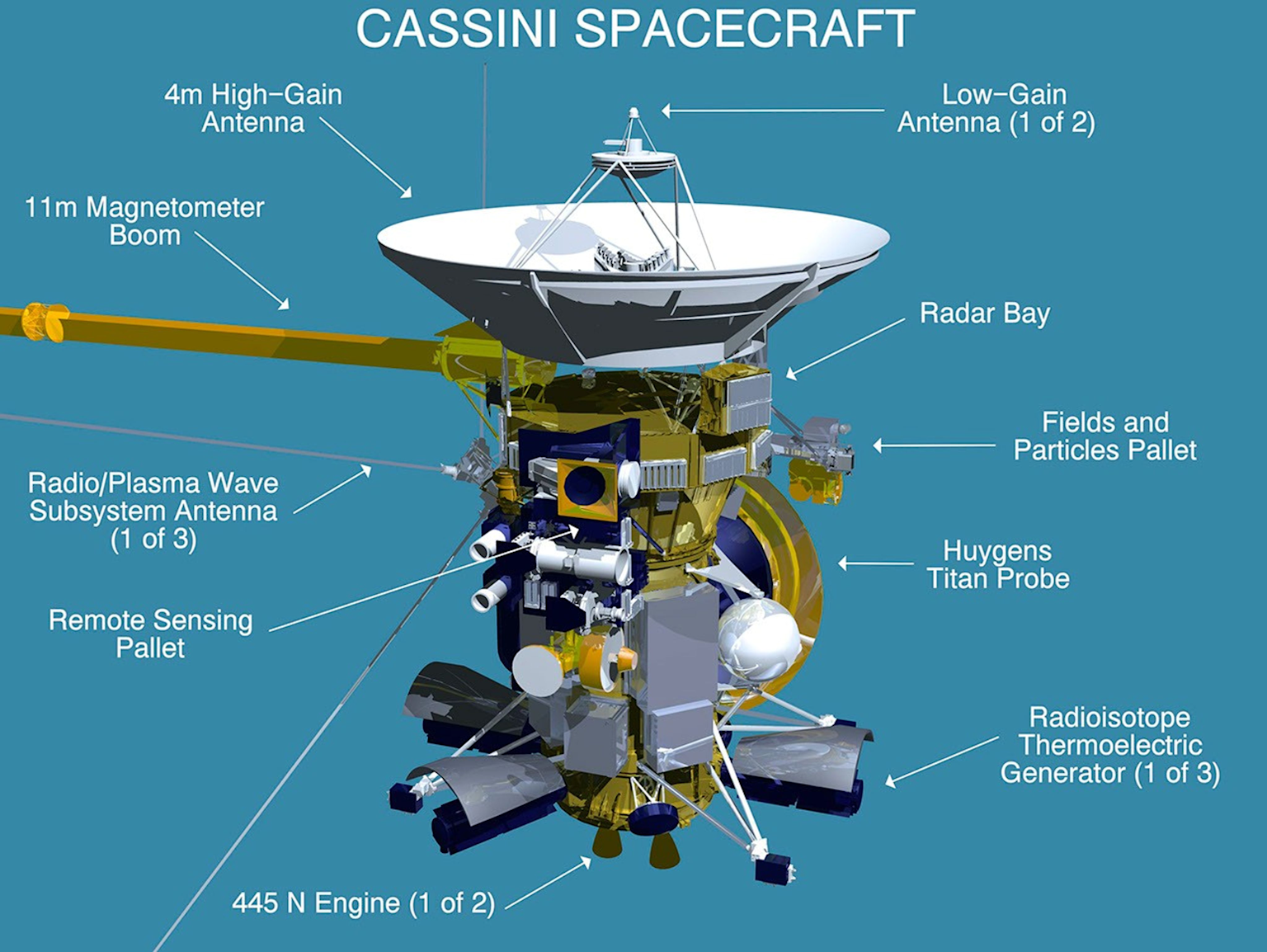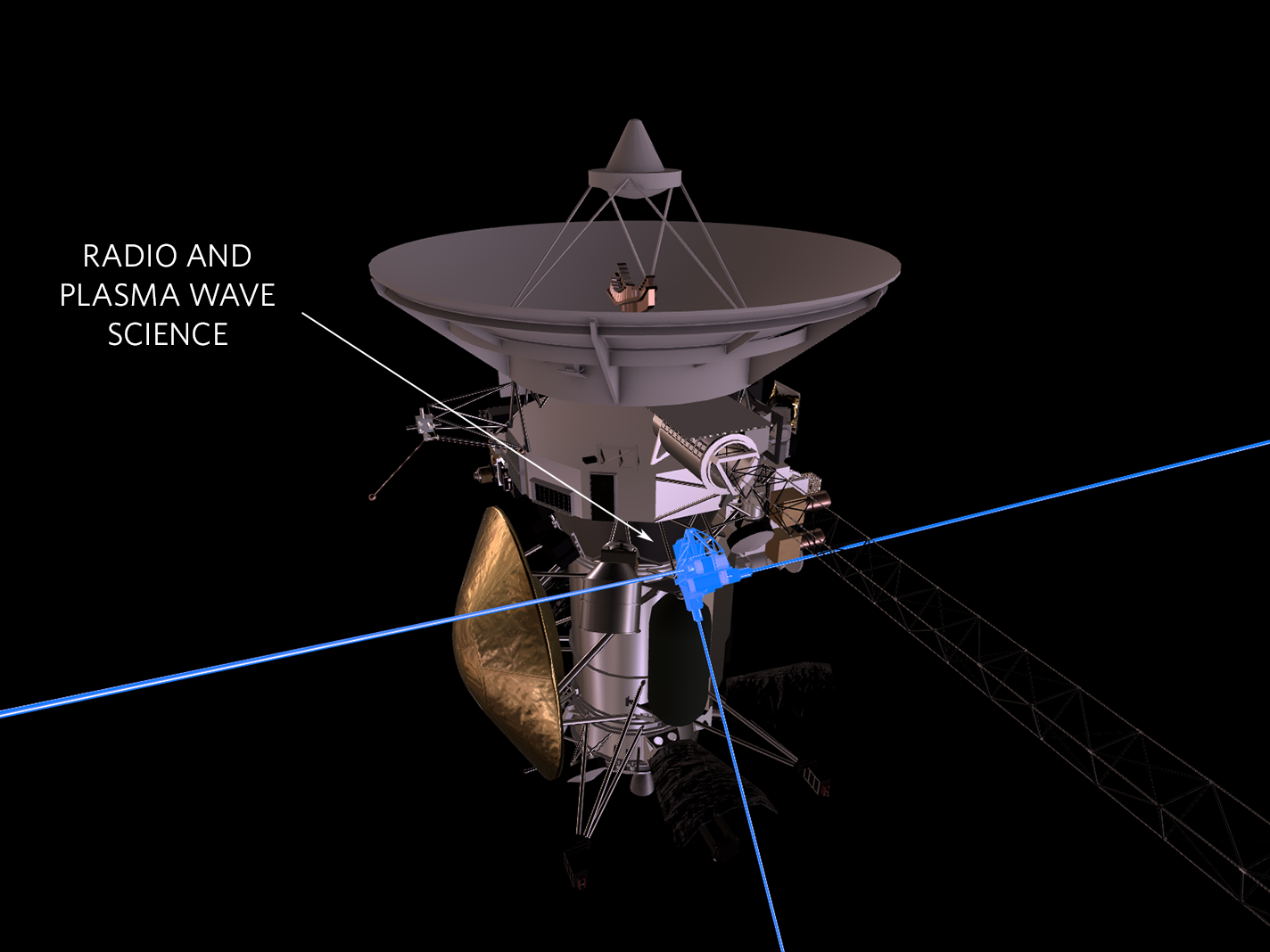The Sounds of Space as NASA’s Cassini Drives by Saturn
In the vast emptiness of space, where no human ear can hear, NASA’s Cassini spacecraft became humanity’s acoustic witness to one of the most haunting and mysterious phenomena in our solar system. For over a decade, this robotic explorer detected and recorded the invisible symphony that emanates from Saturn—radio emissions so eerie and otherworldly that they transform our understanding of planetary environments beyond Earth.

(“Courtesy NASA/JPL-Caltech.”)
The Radio Symphony of the Ringed Planet
Saturn is far from silent. The gas giant generates intense radio emissions that have fascinated scientists since their discovery. These electromagnetic waves, closely related to the planet’s polar auroras, create what researchers describe as an “eerie” soundscape when converted into the range of human hearing. The phenomenon bears a striking resemblance to Earth’s northern and southern lights, but Saturn’s version produces a radio signature that is both more complex and more powerful.
The Cassini Radio and Plasma Wave Science (RPWS) instrument first detected these transmissions in April 2002, when the spacecraft was still 374 million kilometers (234 million miles) from Saturn. This remarkable distance—equivalent to about 2.5 astronomical units—demonstrates the sheer intensity of Saturn’s radio output. The signals were so strong that Cassini could detect them from farther away than any terrestrial lightning has ever been observed from Earth.

Cassini spacecraft highlighting the Radio and Plasma Wave Science (RPWS) instrument used to capture space sounds during its mission at Saturn. (“Courtesy NASA/JPL-Caltech.”)
Decoding Saturn’s Kilometric Radiation
The most prominent of Saturn’s radio emissions is known as Saturn Kilometric Radiation (SKR), named for its frequency range in the kilohertz spectrum. These signals originate from the planet’s auroral regions, where magnetic field lines thread through the polar zones, creating numerous small radio sources that move along these invisible highways of magnetic force.
The complex radio spectrum features rising and falling tones that create an almost musical quality when processed for human ears. However, the original frequencies of these emissions are well above what humans can naturally hear. To make them audible, scientists shift the frequencies downward by a factor of 44, while also compressing time so that 73 seconds of audio represents 27 minutes of real-time observations.
Research has revealed that SKR shows rotational modulation tied to Saturn’s mysterious spin period. Remarkably, Cassini’s observations indicated that Saturn’s radio rotation period had increased to 10 hours and 45 minutes, about six minutes longer than what Voyager measured in 1980-81. This discovery highlighted how Saturn’s magnetosphere continues to evolve and change over time.
Legacy of the Mission
As Cassini’s 20-year mission came to an end on September 15, 2017, it left behind an acoustic legacy that continues to inspire both scientists and the public. The spacecraft’s final transmission contained not just data, but the last whispers of humanity’s most intimate encounter with Saturn’s electromagnetic environment.
The sounds of space recorded by Cassini remind us that the universe is far from silent. In the radio spectrum, planets sing, moons communicate across vast distances, and magnetic fields create cosmic instruments that play melodies no human composer could imagine. These recordings stand as testament to human ingenuity and our endless curiosity about the cosmos that surrounds us.
Through Cassini’s electronic ears, we have heard the voice of another world—a haunting reminder that even in the apparent emptiness of space, there exists a rich, complex, and beautiful acoustic landscape waiting to be discovered.








